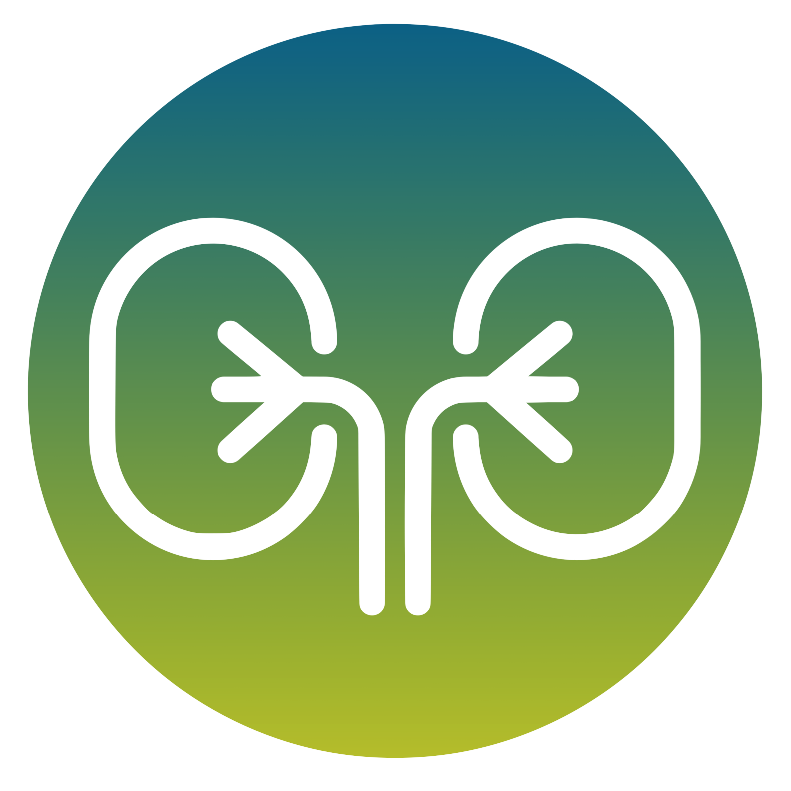Chylomicronemia Code R-138
- Description
- Number Genes
- Prevalence
- Indications and clinical utility
- Test performed and limitations
- Other Specialities
Chylomicronemia is a medical condition characterised by an elevated level of chylomicrons in the blood. Chylomicrons are lipid particles that transport fats, particularly triglycerides, from the intestine to the rest of the body after meals. This condition can result in hypertriglyceridaemia, with triglyceride levels exceeding normal values. This condition can lead to serious complications, such as acute pancreatitis, which is an inflammation of the pancreas.
4 genes
1-9/1.000.000
Multi-gene panel aimed at the molecular diagnosis of chylomicronemia.
Method: NGS sequencing, determination of SNVs (Single Nucleotide Variants), small insertions and deletions and CNVs (Copy Number Variants).
Limits: The test is unable to determine the presence of underrepresented somatic events, balanced chromosomal rearrangements, nucleotide expansion events of repeat regions, CNVs <3 contiguous exons. <3 esoni contigui.
Some genes may have low coverage areas, where necessary or upon specific request, within the limits of methodological limitations, sequencing can be completed with alternative methods (Sanger).
Some genes may be duplicated in the genome (pseudogenes), which may invalidate the analysis.
..














